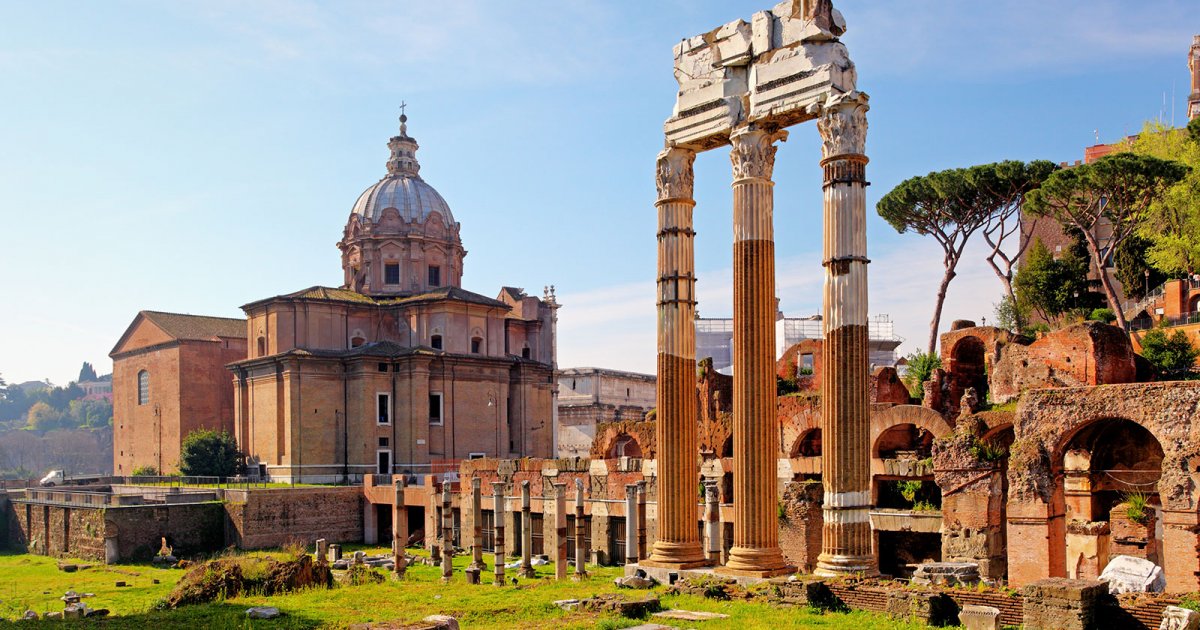ROMAN FORUM, Introduction
 Language: English / USA
Language: English / USA
Hi, I'm Alyson, your personal guide. Together with MyWoWo, I'd like to welcome you to one of the wonders of the world.
Today I'll accompany you through the Roman Forum, one of the most suggestive places in Rome!
Let me start telling you about the history of the Roman Forum as you walk through the grandiose ruins of the Eternal City, among Capitoline Hill, Palatine Hill, and the Colosseum. First of all, you should know that before Rome was founded, this area was a marshy valley that was used as burial grounds for the populations living on the peaks of the nearby hills. Towards the end of 700 BC, the clearing was leveled and paved in dirt: it was being transformed into a "forum", the Latin word for "square". This square connected several small villages, thus forming a single inhabited center. It was the era of the "seven kings of Rome" and the Etruscan Tarquini dynasty was responsible for digging the Cloaca Massima, one of the world's earliest sewage systems, which helped drain and improve the area so that it could be inhabited. Meanwhile, the Forum took on two distinct roles: the center of public administration and a market area.
When Rome defeated Carthage in the Punic wars, it became the dominating power of the Mediterranean and the supreme power of the West, and the Forum thus grew to reflect its centrality and wealth. In the days of Julius Caesar and Augustus, between the first century BC and the first century AD, the Roman Forum took on its definitive form along its main axis called "Via Sacra".
In the first and second centuries other squares were created nearby, called the Imperial Fora. The last "classic" monument built was the column, raised by the Byzantine emperor Foca in the year 608. Then the Roman Forum began its decline that lasted more than a thousand years. The ancient monuments were stripped of their marble and sculptures and used as building material quarries or makeshift housing. As you can imagine, the only buildings that weren't left to become ruins were those which had been transformed into Christian churches or small fortresses. It wasn't until the seventeenth century that the archaeological recovery of this area began, which still continues today. Every now and then important artifacts are found during the ancient monuments' restoration. But now you should enjoy your stroll through this vast area of ruins, among maritime pines and oleanders.
FUN FACT: until the middle of the 18th century, the Forum was called the "Cow Field": in fact, this area was full of grazing cows!



